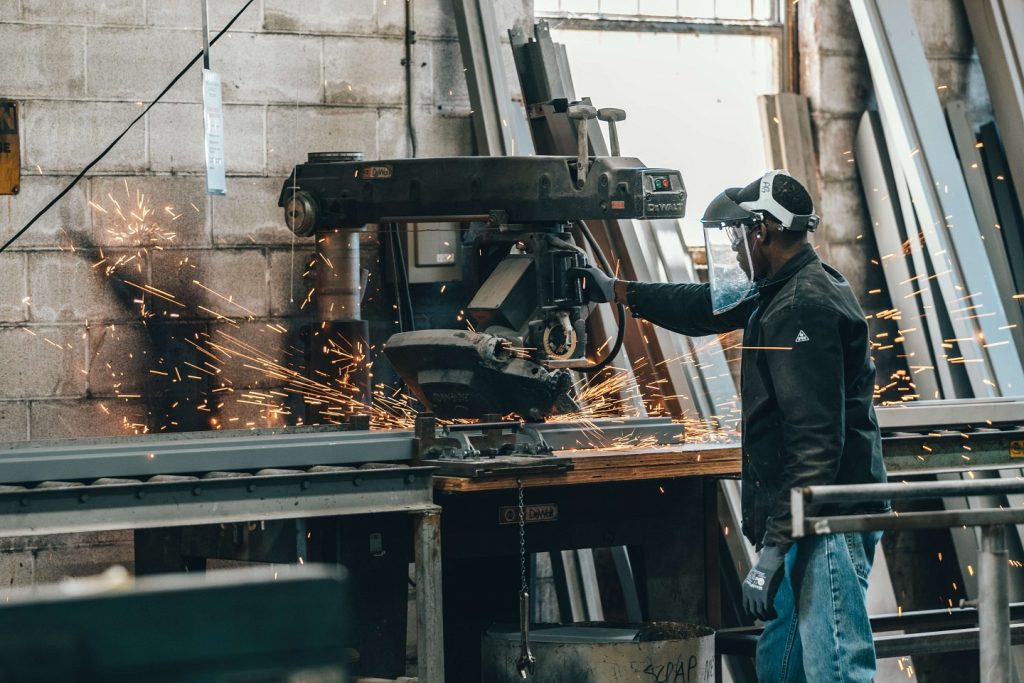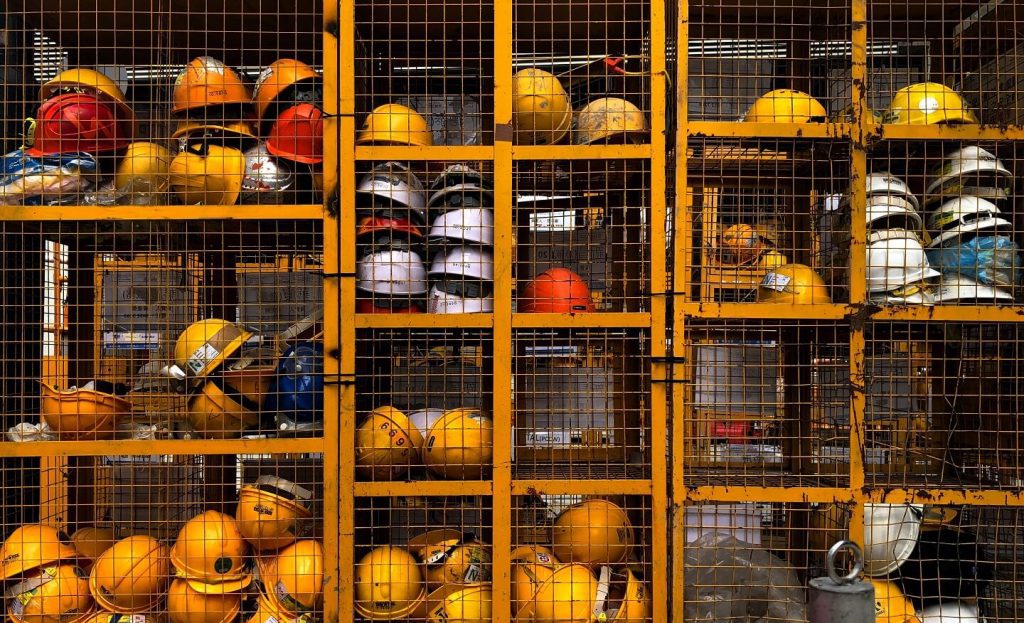Just a few decades ago, technological skills were limited to information technology departments. In today’s tech-saturated world, however, these skills are necessary for virtually all employees. To fill internal skill gaps and ensure employees are up to speed on ever-changing technical knowledge, forward-thinking CEOs look toward continuous re-skilling and training programs.
According to World Economic Forum, training 95% of at-risk workers in the United States for new jobs may cost more than $34 billion, and companies could re-skill only about 25% of those workers profitably. But synergistic solutions—such as business partnerships, government investments, and public-private partnerships—can help lower costs and retrain more workers.
A re-skilling program can be a tremendous way to fill in skill gaps among employees and sustain a business’s ongoing growth, but it comes with certain risks. Re-skilling is never a one-size-fits-all approach. A properly executed re-skilling program requires the investment of time, care, and resources. If you’re an executive looking to create or utilize a highly dependable re-skilling program, keep these considerations top of mind.

Up-skilling and retraining workers in the age of automation
By 2030, according to a recent McKinsey Global Institute report, as many as 375 million workers—or roughly 14 percent of the global workforce—may need to switch occupational categories as digitization, automation, and advances in artificial intelligence disrupt the world of work. The kinds of skills companies require will shift, with profound implications for the career paths individuals will need to pursue.
In terms of magnitude, it’s akin to coping with the large-scale shift from agricultural work to manufacturing that occurred in the early 20th century in North America and Europe, and more recently in China. But in terms of who must find new jobs, we are moving into uncharted territory. Those earlier workforce transformations took place over many decades, allowing older workers to retire and new entrants to the workforce to transition to the growing industries. But the speed of change today is potentially faster. The task confronting every economy, particularly advanced economies, will likely be to retrain and redeploy tens of millions of midcareer, middle-age workers.

Executives should make re-skilling a priority
Although corporate leaders have talked about skills gaps for years, the spread of automation and artificial intelligence is prompting companies to take action, not with small pilots but with comprehensive plans to retrain large segments of their workforces. These programs signal that the “future of work” is no longer an event on the distant horizon. It’s already here.
The challenge is much bigger than creating one-off training modules or helping people learn how to use a specific type of new software. A narrow focus on the specific tasks you need today can leave your company ill-prepared to be agile in the future. In an age of rapid technological change and industry disruptions, organizations need to learn how to keep learning — not just today but on an ongoing basis.
